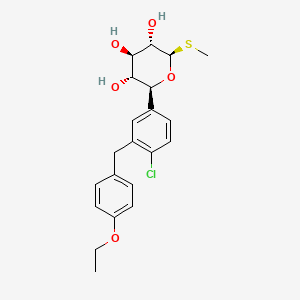Eisai Co., Ltd. (CEO: Haruo Naito, “Eisai”) and Purdue Pharma L.P. (President and CEO: Craig Landau, MD, “Purdue Pharma”) today announced that a new drug application has been submitted to the U.S. Food and Drug Administration (FDA) for lemborexant, an investigational agent for sleep-wake regulation, seeking approval for the treatment of insomnia, a sleep-wake disorder.

This application was based on the results of two pivotal Phase 3 clinical studies in patients with insomnia, SUNRISE 1 (Study 304) and SUNRISE 2 (Study 303), enrolling approximately 2,000 patients, as well as important safety studies, including assessment of postural stability after middle-of-the-night awakening and a next-morning driving study. SUNRISE 1, a one-month, double-blind, placebo-controlled study, included the first ever Phase 3 head-to-head comparison versus zolpidem ER and objectively assessed sleep parameters (time to sleep onset, sleep efficiency, and wake after sleep onset) resulting in the largest (objective) polysomnography dataset collected to date in patients with insomnia. SUNRISE 2 was a 12-month study and subjectively assessed for ability to fall asleep and stay asleep based on patient self reports (sleep diaries).
Lemborexant, which acts on the orexin neurotransmitter system and is believed to regulate sleep and wake by dampening wakefulness without impeding the ability to awaken to external stimuli, is being jointly developed by Eisai and Purdue Pharma for the treatment of multiple sleep-wake disorders, including insomnia disorder. In addition to the treatment of insomnia disorder, a Phase 2 clinical study of lemborexant in patients with irregular sleep-wake rhythm disorder and mild to moderate Alzheimer's dementia is underway. Information about ongoing clinical studies is available at clinicaltrials.gov.
Eisai and Purdue Pharma are striving to address new unmet medical needs and to improve the lives of patients and their families.
This release discusses investigational uses of an agent in development and is not intended to convey conclusions about efficacy or safety. There is no guarantee that such an investigational agent will successfully complete clinical development or gain health authority approval.
https://en.wikipedia.org/wiki/Lemborexant
New Drug Application for Insomnia Disorder Treatment Lemborexant Submitted in the United States









